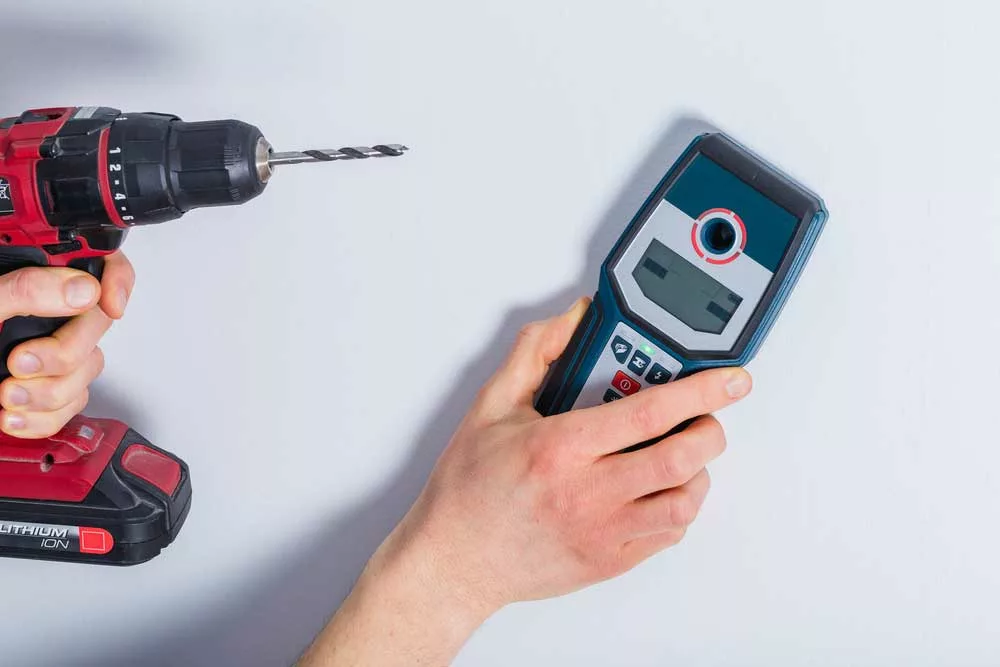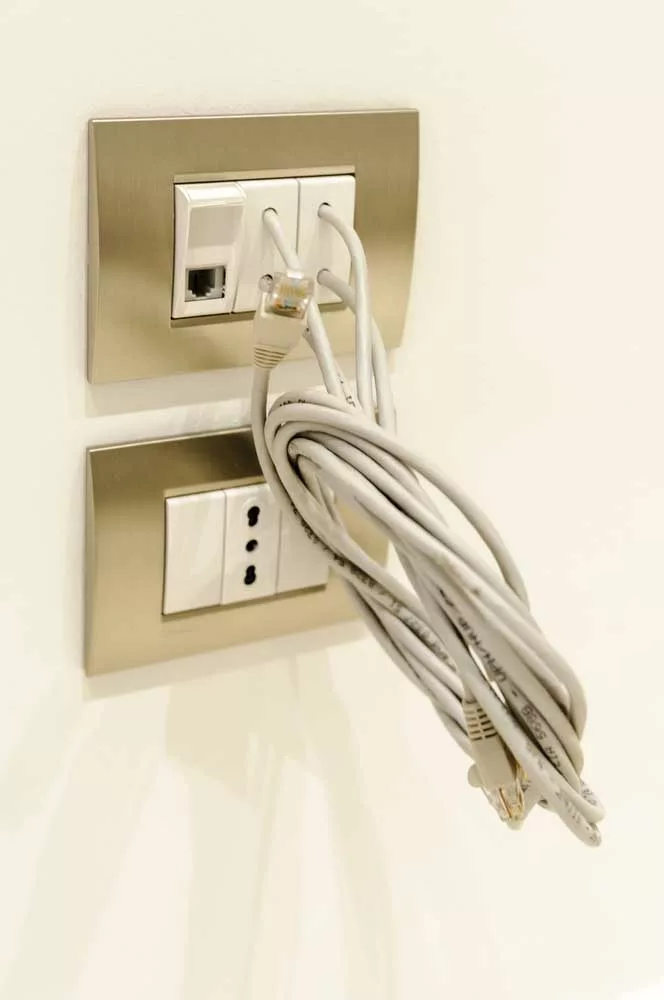How To Run Ethernet Cable Between Floors? WiFi has become a quick fix to the problem of connecting cables to each device receiving the internet. However, WiFi is less efficient than ethernet, as ethernet cables provide a reliable connection and maximum internet speed.
Are you a gaming enthusiast or a professional programmer? Or do you want a home office for your remote work? Consider setting up an ethernet network.
Running ethernet cables within a single floor is trouble-free and straightforward. However, running them between floors will confuse you because you need to access the cables from one floor to another.
So, this article will guide you on how to run an ethernet cable between floors.
Table of Contents
- Running ethernet cables between two floors
- Conclusion
Running ethernet cables between two floors
While you can install ethernet cables between floors in multiple ways, most people favor running them through their ceilings.
It is often recommended to avoid running your ethernet cables through your exterior wall as they contain insulation.
Primary tasks you should do while running ethernet cables between floors
Before you start running your ethernet cable between floors, here are some essential tasks you need to do.
Follow the codes of the local building.
Ethernet cables are low-voltage and are permitted in most places. However, check the local building codes to confirm if you can run ethernet cables in your place.
Besides, if you rent a building, you must ask the owner if you can run ethernet cables.
Running ethernet cables entails drilling holes through the ceilings and walls.
Plan the wiring
A well-calculated wiring plan will save you from drilling at an incorrect position or falling short of ethernet cables.
In your wiring plan, you need to decide on an ideal route to run your ethernet.
We recommend choosing a place far from the existing studs or electrical wires.
Also, ethernet cables can get damaged when you run them near a high heat source or against sharp edges.
Therefore, you should avoid routing your cables next to pipings carrying steam or hot water or near heated air-conditioning ducts.
If you must run your ethernet cables through these areas, shield them from potential damage using a protective conduit.
Furthermore, if you are connecting to your router, the router should be near a power outlet.
Once you have chosen your route where the ethernet cable will run, it is time to measure the cable length needed.
We recommend purchasing an extra 10ft than the estimated amount in case the ethernet cables fall short unexpectedly.
You can make this process smoother by marking locations where you have chosen to run cables using chalk or marker.
Collect the essential tools.
List all the essential tools you will require to run ethernet cables. Then, rent or buy them immediately.
Otherwise, it will be annoying if your project gets stuck due to an unavailability of a certain tool.
The essential tools you will need to run ethernet cables between floors successfully include the following;
- Stud finder
- Electric tape
- Measuring tape
- A wire coat hanger or fish tape
- Drilling machine
- Straight through ethernet wire
- Drywall keyhole saw
- 12-16 inch drill bit and ¾ inch drill bit

Plan the ethernet wiring
Start running the ethernet cables between floors
Pull your ethernet cable between two floors from downstairs to upstairs if you want to run it through your wall cavity and the ceiling’s entrance.
So, you will need to drill a hole into the floor.
Step 1: Choose a spot where you intend to have the outlet on the two-floor walls
Not only does the wall header offer structural support, but it also influences where your ethernet cable can be.
To locate the wall header, you must first search for visible clues in your room, such as studs closer together than others or a gap between two sections of the drywall.
After that, mark off where you intend to drill holes through which you will safely run ethernet wires.
While doing this, you should avoid damaging your low-voltage system or impacting vital structures.
To avoid hidden lines and weirs, use stud finders to detect if there is an obstacle inside your wall.
Next, switch off the electrical power to prevent any form of accident.
Step 2: Drill a small hole in your outlet wall downstairs
After making a hole, use a metal hanger to ensure the drilled hole is free from obstruction.
Next, cut the hole to enlarge it to the size of your outlet box.
Step 3: Repeat the above step for your outlet wall upstairs
While drilling a small hole in your outlet wall upstairs, ensure the outlet is closer to your floor.
Next, you must drill into your floor inside the wall cavity to allow your ethernet cable to run through it from one floor to the other. Use a ¾ inch drill bit to create such a hole. The drill should be held at a 90° angle up to the subfloor and floor.
Now, cut through your ceiling below using a 12-16 inch extension of your drill bit.
Step 4: Attach your ethernet cable to the coat hanger or fish tape using electrical tape
Now you can run the ethernet cable attached to the fish tape or coat hanger by slipping it through one outlet on your upper floor and allowing it to pass through the drilled ceiling hole. You can then pull that ethernet cable through the outlet on your lower floor.
Remove the fish tape or coat hanger and refill the holes you might have drilled unnecessarily.
Then, connect your ethernet cable to the ethernet port or device on the network you are setting.

The ethernet cable running through the wall
Conclusion
You can successfully run your ethernet cables between floors or through exterior walls by using the right tools and following the steps discussed in this article.
Do you need high-quality ethernet cables? Clooms Tech is a leading manufacturer of all cable assemblies and wiring harnesses.
